In the Norwegian winter, darkness varies from brief days in the south to months of polar night in the far north, where the sun never rises. Here's what to expect when it comes to daylight hours during winter in Norway.
Winter in Norway is a season that captivates the imagination, drawing thoughts of snow-covered landscapes, cozy firesides, and, for many, the mysterious and awe-inspiring Northern Lights.
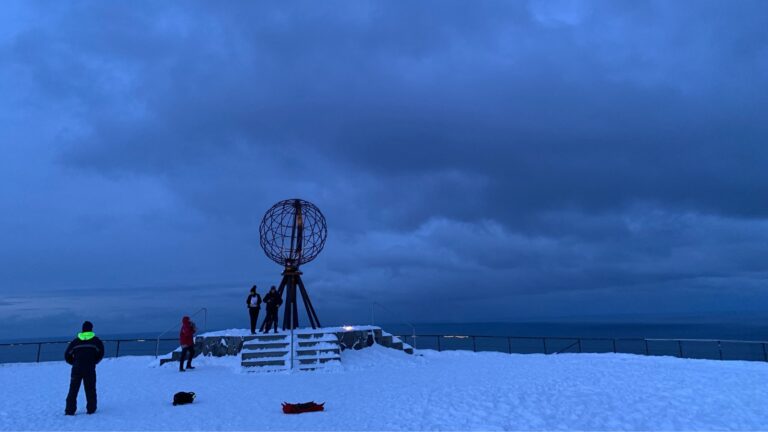
But there's another aspect of the Norwegian winter that intrigues travelers and residents alike: the darkness. How dark does it really get in Norway during the winter months?
This article delves into the phenomenon of the darkness during the winter in Norway, exploring its causes, effects on daily life, and the ways Norwegians embrace and celebrate this season of extended nights.
The Science Behind the Darkness
To understand how dark it gets in Norway during winter, it's important to grasp the geographical and astronomical factors at play. Norway is a long, narrow country that stretches far into the Arctic Circle. Its northernmost regions lie above the 66th parallel north.
This positioning means that as the Earth tilts away from the sun during the winter months, large parts of Norway experience what is known as the polar night.
The ‘Polar Night' Explained
It's a simple definition. The polar night occurs when the sun does not rise above the horizon for an extended period, ranging from a few days to several months depending on how far north you are.
In places like Tromsø and Svalbard, the polar night can last from late November to mid-January or even longer. During this time, the sun never truly rises, creating a period of almost perpetual darkness.

However, across mainland Norway, it’s not pitch black all the time. Even during the polar night, there are variations in the level of light.
The closest approximation to daylight occurs during “civil twilight,” a period when the sun is just below the horizon, allowing for a soft, indirect light that can last for a few hours each day.
This faint light is often referred to as “the blue hour” due to the deep blue hue that blankets the landscape. On a clear day, the photography opportunities at this time can be fantastic.
Remember also that the winter solstice, the darkest day of the year, is in late December, just a few days before Christmas. This means that the darkest time of the year wherever you are is from mid-November to late January.
The Varying Degrees of Darkness in Norway
The extent of darkness in Norway during winter varies significantly depending on location. The southern half of Norway, including cities like Oslo and Bergen, experiences shorter days, but it never plunges into full darkness.
In these areas, the sun still rises and sets, albeit briefly, providing several hours of daylight even in December, the darkest month of the year.
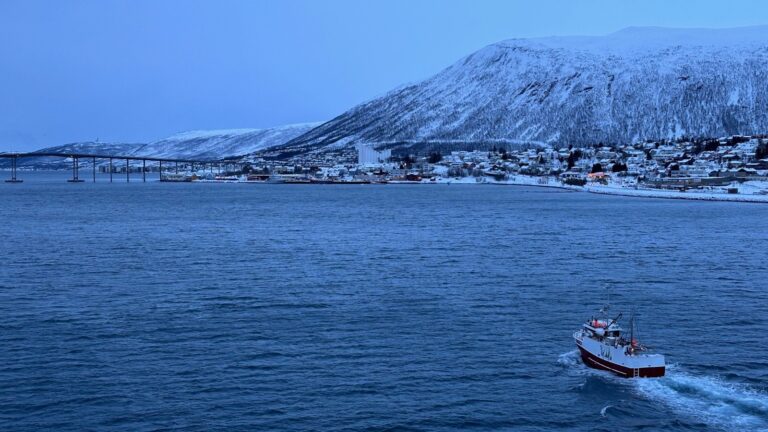
In contrast, northern Norway, particularly above the Arctic Circle, sees much more extreme conditions. In Tromsø, for example, the sun sets in late November and doesn’t rise again until mid-January.
This period, though dark, is not devoid of light. The civil twilight mentioned earlier provides a few hours of dusky illumination, enough to see by but far from the brightness of a full day.
Winter Darkness in Svalbard
Further north, in places like Longyearbyen on the Svalbard archipelago, the darkness is more intense, with the polar night lasting for many months.
Unlike in some other northern locations where there might be a brief period of twilight, Longyearbyen experiences several weeks where it is essentially completely dark 24 hours a day.
If you're curious what that's like, check out this walking video I made during a visit to Longyearbyen in early December. Believe it or not, I recorded the video at approximately 1pm:
The prolonged darkness has a significant impact on daily life in Longyearbyen. Artificial lighting dominates, both indoors and outdoors.
Outdoor activities continue despite the darkness, with residents and visitors alike using headlamps and other light sources to navigate the snowy terrain.
Living in the Darkness: The Norwegian Way
One might wonder how Norwegians cope with such prolonged periods of darkness. Interestingly, rather than seeing the darkness as something to be endured, many Norwegians embrace it as part of their cultural identity and way of life.
This is exemplified in the concept of “koselig”, a term that roughly translates to “coziness” but encompasses much more.
During the winter months, Norwegians focus on creating a warm and inviting atmosphere, both at home and in their communities. This often involves lighting candles, spending time with loved ones, and engaging in activities that bring comfort and joy.
Outdoor activities also play a crucial role in coping with the darkness. Despite the limited daylight, Norwegians are known for their love of outdoor sports and adventures.
Cross-country skiing, snowboarding, and snowshoeing are popular winter pastimes, and the darkness is no deterrent. In fact, night skiing under floodlights or during the blue hour can be a magical experience.
The long winter nights also provide an ideal backdrop for observing the Northern Lights, or Aurora Borealis, which can often be seen dancing across the sky in vibrant colours.
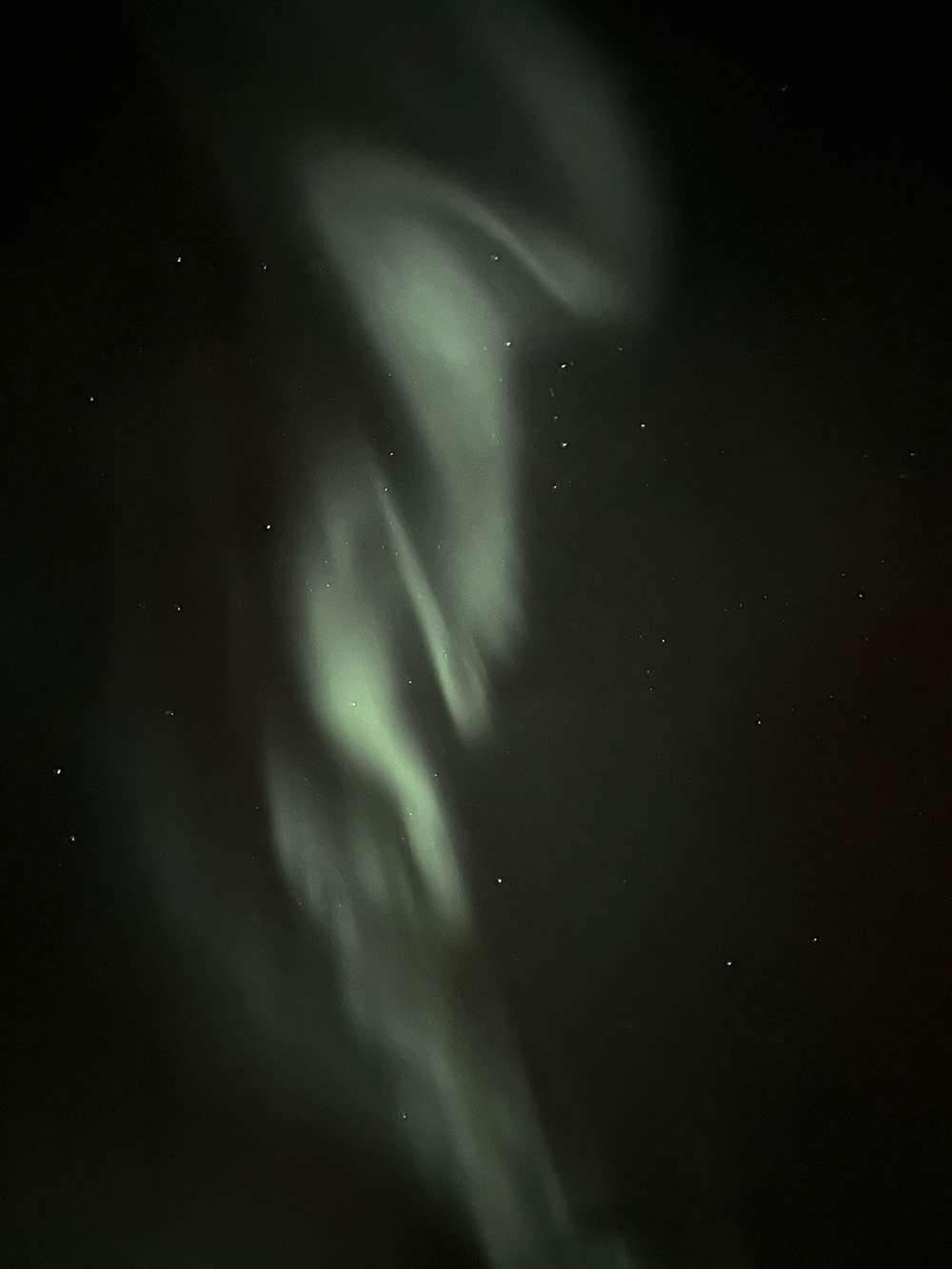
For many, witnessing this natural phenomenon is a highlight of the winter season, adding a sense of wonder to the otherwise dark months.
Psychological and Physical Effects of Winter Darkness
While many Norwegians have developed strategies for thriving during the dark winter months, the lack of sunlight can have tangible effects on both mental and physical health.
One of the most well-known conditions associated with winter darkness is Seasonal Affective Disorder (SAD), a type of depression that occurs at a specific time of year, usually in the winter when sunlight is scarce. Symptoms include fatigue, difficulty concentrating, and feelings of hopelessness.
To combat the effects of limited daylight, some Norwegians use vitamin-D supplements. Others use light therapy lamps, which mimic natural sunlight and can help regulate the body's circadian rhythm.
Regular exercise, maintaining a healthy diet, and staying socially connected are also key strategies for managing the winter blues.
Moreover, Norway has a strong tradition of embracing the outdoors, regardless of the season. The saying “There is no bad weather, only bad clothing” sums up the Norwegian attitude towards winter.
By dressing appropriately and staying active, Norwegians find ways to enjoy the winter season, darkness and all.
The Beauty of Winter Darkness
Despite the challenges, there is undeniable beauty in the darkness of a Norwegian winter.
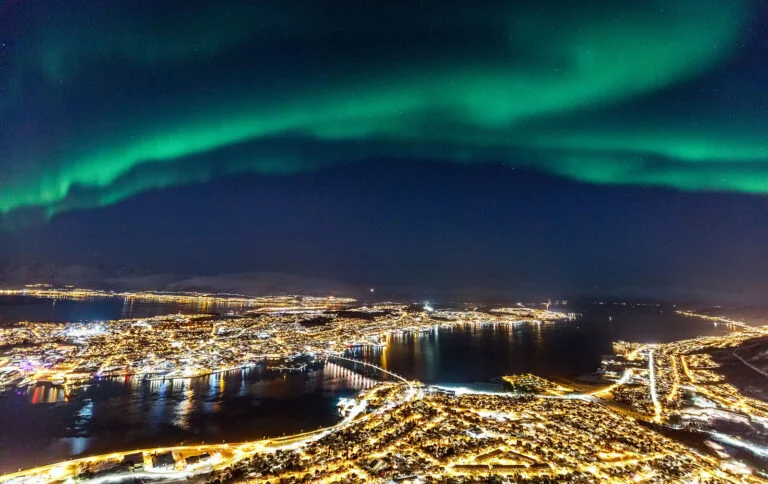
The deep blue hues of the twilight hours, the crisp air, and the blanket of snow that covers the landscape create a serene and almost otherworldly atmosphere.
The contrast between the warm, glowing interiors of homes and the cold, dark outside world adds to the sense of coziness and comfort that defines this time of year.
For visitors, the winter darkness offers a unique experience that is hard to find elsewhere.
Whether it's marvelling at the Northern Lights, exploring the quiet, snow-covered wilderness, or simply enjoying the warmth of a candlelit café, the darkness of a Norwegian winter is something to be savoured and appreciated.
If you're not keen on darkness but still want to enjoy the beauty of snow-covered scenery, plan a trip in late February or during March. At this time, there is a lot of daylight and, in much of the country, a high chance of snow cover.
How do you feel about the long hours of darkness in Norway's winter? Does it put you off relocating? Or perhaps you're planning a trip to experience it. I'd love to hear your thoughts and experiences down in the comments.

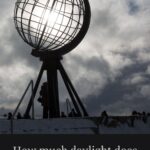

When we first went to Venabu (near Ringebu) for New Year in 1995/6 we were not sure what to expect in the way of daylight. We were pleasantly surprised to find it was almost the same as Central Scotland where we live. Getting light at 8.30 and dark by 16.00, albeit with a longer twilight. Since then we have been every year except for the 2 Covid years.
We have seen the Aurora on a number of occasions and also nacreous (mother of pearl) clouds. There was a incredible display of the latter for most days of our visit in 2019/20.
Thank you for this article I have been wondering how many hours of the day we would have visibility and from what time, just to plan our days to see as much scenery as possible. We’ll becoming to Oslo, Bergen then upto Tromsø in late December and early January, Australia’s mid summer.